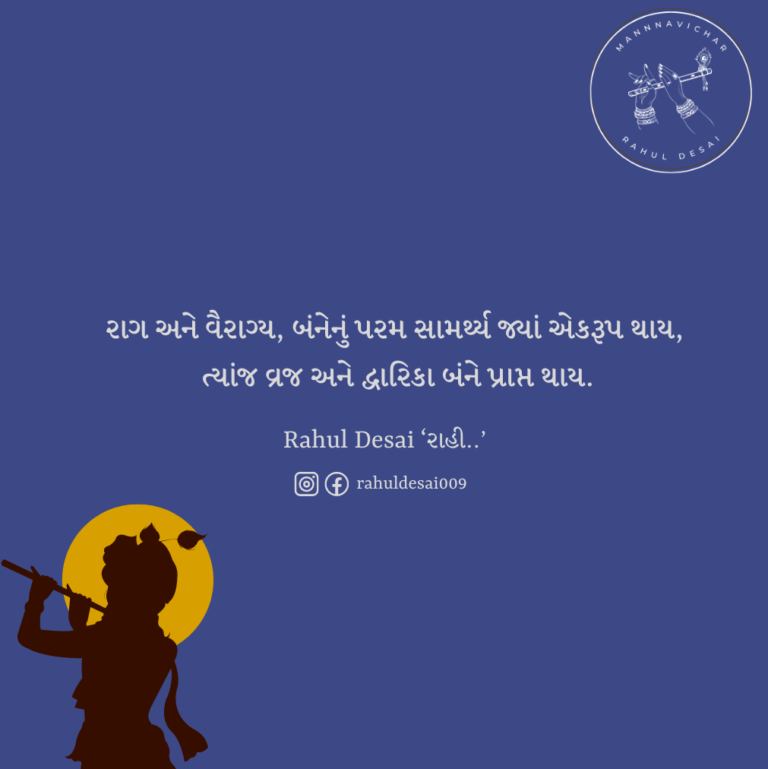Bhagavad Gita Shloka 5 n both Sanskrit and English with detailed meaning from our ancient and sacred poetry Srimad Bhagvad Gita. This is an effort by our author to re-incline people on the path of Bhakti and Dharma and to understand the way to live Life.
धृष्टकेतुश्चेकितानः काशिराजश्च वीर्यवान्।
पुरुजित्कुन्तिभोजश्च शैब्यश्च नरपुङ्गवः।। १ .५।।
Dhṛṣṭaketuś cekitānaḥ kāśirājaś ca vīryavān,
Purujiṭ kuntibhojaś ca śaibyaś ca narapuṅgavaḥ.||1.5||
Translation
“Among them are heroic warriors like Dhrishtaketu, Chekitana, and the valiant king of Kashi, along with Purujit, Kuntibhoja, and Shaibya, the best among men.”
Word-by-Word Meaning:
धृष्टकेतुः (Dhṛṣṭaketuḥ) – Dhrishtaketu, the valiant king of the Chedi kingdom; च (ca) – And; चेकितानः (Cekitānaḥ) – Chekitana, a warrior of the Yadava dynasty; काशिराजः (Kāśirājaḥ) – The king of Kashi (Varanasi), known for his valor; च (ca) – And; वीर्यवान् (Vīryavān) – The valiant one; full of heroism; पुरुजित् (Purujiṭ) – Purujit, a noble Kshatriya warrior, the maternal uncle of the Pandavas; कुन्तिभोजः (Kuntibhojaḥ) – Kuntibhoja, another maternal uncle of the Pandavas; च (ca) – And; शैव्यः (Śaibyaḥ) – Shaibya, a noble and virtuous king; च (ca) – And; नरपुङ्गवः (Narapungavaḥ) – The best among men; an epithet highlighting nobility and excellence.
Meaning:
This verse not only lists the prominent warriors in the Pandava army but also serves as a reminder of the ethical and moral strength supporting the Pandavas. It reflects the unity of allies who stand for righteousness against adharma. Moreover, the phrase “best among men” serves to inspire and uplift those aligned with the side of justice.
Detailed Meaning
- Dhṛṣṭaketu: He is a renowned warrior of the Chedi kingdom, signifying unwavering loyalty and courage.
- Chekitāna: Represents Yadava warriors’ contribution to the Pandava cause, symbolizing kinship and steadfastness.
- Kāśirāja: His mention underscores the inclusion of powerful rulers in the Pandava alliance, showcasing their vast support.
- Purujiṭ and Kuntibhoja: Their familial connection to the Pandavas highlights the importance of familial bonds in this conflict.
- Śaibya: His epithet, “best among men,” reflects his nobility, righteousness, and support for dharma.
Contextual Relevance:
- Strategic Description: Duryodhana is surveying the Pandava army and pointing out its strengths to convey to his teacher and allies the gravity of their opposition.
- Acknowledgment of Valor: Even in his opposition, Duryodhana recognizes and acknowledges the valor and qualities of these warriors. This reflects the warrior culture of that time, which respected bravery and skill, regardless of alignment.
- Spiritual Insight: On a deeper level, this verse signifies the presence of dharma (righteousness) and virtuous qualities that the Pandava side embodies. The warriors listed here represent allies who uphold justice, emphasizing the divine support for the Pandavas.
Conclusion
Bhagavad Gita Shloka 5 does not provide a resolution but sets the stage for the larger narrative of the Gita. It highlights that the battle is not just physical but also symbolic of the eternal conflict between opposing forces of good and evil. This insight prepares the reader or listener to understand the gravity of the choices and responsibilities to be explored in subsequent chapters.
Related Verses To Read
Bhagavad Gita Shloka 1
Bhagavad Gita Shloka 2
Bhagavad Gita Shloka 3
Bhagvad Gita Shloka 4
Allow me to introduce myself as an aspiring writer with a passion for inspiring individuals in both their personal and professional journeys. My aim is to shed light on the essence of life, emphasizing the significance of relationships and fostering personal growth. Through my writing, which encompasses small quotes, short poems, and articles, I strive to empower others to navigate life's complexities with clarity and purpose.






